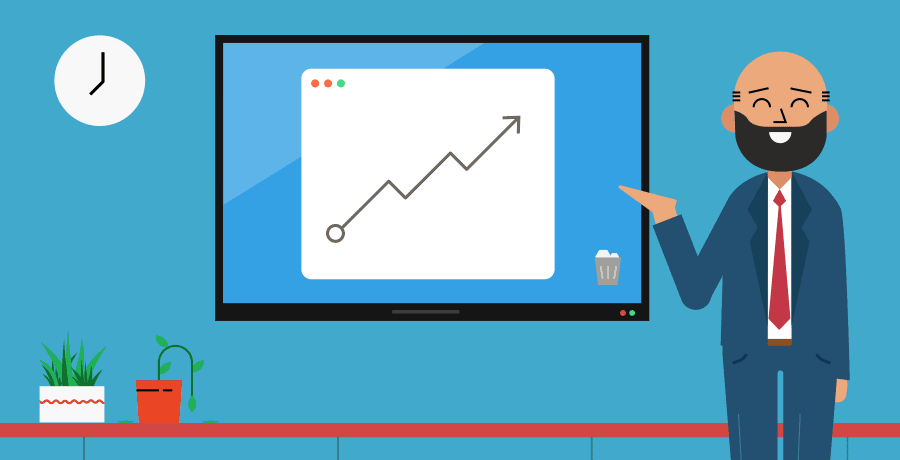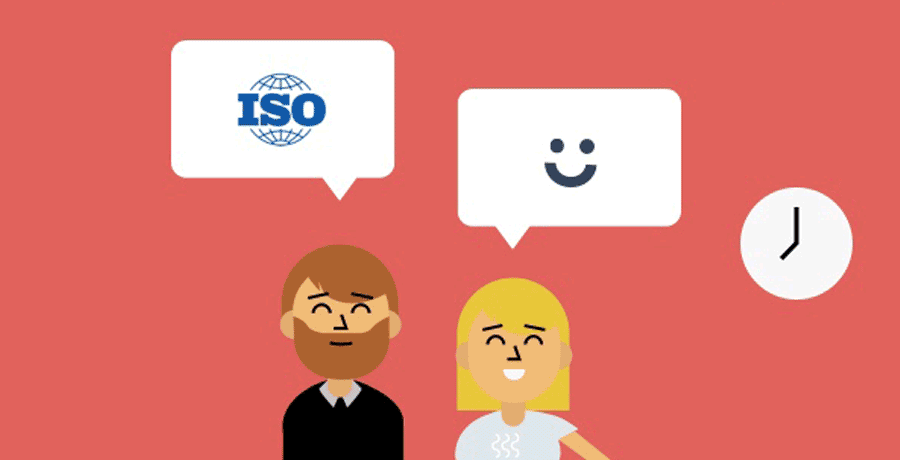Fundamental Principles of Wellbeing in the Workplace
The terms wellness and wellbeing are often used interchangeably, but they don’t mean exactly the same thing. Of course, these words can be used in different contexts and for different purposes, but the generally accepted understanding of wellbeing is broader than that of wellness. Delving into the implications of this difference can yield valuable insights and direct actions for both individuals and organisations to take in order to thrive and perform well.
In its simplest form, wellness is closely associated with physical health. More specifically, a person is described as ‘well’ if they enjoy good physical health and an absence of illness. Good physical health is obviously nothing to turn one’s nose up at. We are so familiar with what good physical health means and it is so bursting with good feelings and outcomes that it hardly merits justification or description.
On the other hand, wellbeing encompasses more than physical health and is more easily misunderstood or dismissed. In addition to physical health, the wellbeing portrait includes mental health, emotional health, intellectual stimulation, job satisfaction, fulfillment, purpose and more. It is something akin to the concept of eudaimonia, or human flourishing — this idea has been the subject of ample attention for philosophers and psychologists for thousands of years and is a vital component of what it means to live a meaningful life. So it is hardly something to ignore.
How can an employer act to develop and boost its workers’ wellbeing? A good first step is recognising that the workplace — the physical space, the duties and responsibilities of employees, the relationships between members of staff — is extremely important when it comes to the wellbeing of the people who spend time there. The next step is to take action to make that workplace an environment that promotes and sustains wellbeing.
To channel Dr. Reinhold Niebuhr, employers should strive to accept the things they cannot change, be courageous to change the things they can, and be wise enough to know the difference. It is not up to an employer to fix all the minor or major maladies and mishaps that affect each of its employees. There are, inevitably, improvements that can be made within every organisation that will improve the wellbeing of all staff.
When devising a wellbeing strategy, be clear on what you are trying to achieve and what outcomes are desired. These outcomes will be organisation oriented (reducing cost, increasing productivity, minimising absence) and employee oriented (happiness, work-life balance, job satisfaction). Tailor your wellbeing measures to these ends and constantly evaluate their effects.
There is something to be said for the benefit of the workplace wellbeing process itself. In order to create and implement a wellbeing strategy, open conversations with employees are encouraged. This strategy is for the benefit of your employees after all, so it makes sense to listen to what they have to say, what will help them feel their best and what to avoid.
An environment of openness and clear communication is itself a facet of workplace wellbeing, so merely by getting the ball rolling on workplace wellbeing you are making a difference. Follow through on tangible benefits to improve the mental and emotional health, job satisfaction and work-life balance of your employees to deliver a powerful good.
National Stress Awareness Day
5th November 2019
The first Wednesday in November is National Stress Awareness Day. The mental health charity Mind is asking employers to engage in conversations about stress in the workplace because sharing stories about causes, experiences of and reactions to stress are the first steps to addressing it.
Stress is complex and affects each person differently. Severity, duration and effects vary widely, so creating a space where workers feel comfortable expressing their experiences of stress holds tremendous value in reducing stress across the workforce. The first signs of stress are often physical: headaches, muscle aches, tiredness and upset stomachs are all common symptoms, and may be more easily noticed than the root cause itself. By creating an environment where stress and its effects are taken seriously, appropriate measures and responses can be created in tandem with the people who will benefit from them. And knowing that stress will be taken seriously and not held against them will allow employees to be honest and avoid suffering in silence.
Do what you can to interrupt the stress cycle, where stress causes physical ailments which themselves cause stress. Your workers’ strength, energy, sleep quality and nutrition habits will all benefit. It’s no secret — though it may be left unsaid too frequently — that work can be a significant cause of stress. That’s no reason to avoid the conversation, though, so face the stress conversation head-on this November. Protect your employees’ mental, physical and emotional health and, as a consequence, produce better results.
Monthly Wellbeing Roundup
World Mental Health Day
October 10 marked the international day for global mental health education, awareness and advocacy against social stigma. The focus this year was on the scale of suicide around the world and the role that each of us can play in preventing it. The World Health Organisation has produced a series of short videos to show what employers can do to help prevent suicide.
World Men’s Health Awareness Month
It’s more than moustaches. November is a time to raise awareness and support those fighting and affected by prostate cancer, testicular cancer, poor mental health and suicide. This year, the global charity Movember is encouraging people to take the 30 day MOVE in Movember challenge. So get up and get moving and do what you can to help reduce premature deaths from preventable causes.
World Vegan Month
Celebrate the rich variety of plant-based diets all this month and try out some 100% cruelty-free recipes. Keep in mind that delicious meals are made better with seasonal fruits and vegetables like butternut squash, chestnuts, cranberries, jerusalem artichokes and pumpkin. And 2019 is a real milestone as it marks 75 years since the foundation of the Vegan Society.
Marathon Achievements
Eliud Kipchoge and Brigid Kosgei broke the and men’s and women’s marathon records on the 12th and 13th of October respectively. Kipchoge’s record time of 1 hour 59 minutes and 40 seconds is the first ever sub-2-hour marathon time, but it isn’t recognised by the IAAF as it wasn’t set under race conditions. No sweat, though, as Eliud already holds the official record too. You might not catch up to them, but you can certainly take inspiration and get moving yourself.
Welbot Product Update
Welbot 2.0 is up and running!
After months of working closely with our customers and partners alike, we have completely reworked our Wellbeing at Work platform and it’s now ready for you to try. You can request your free trial here: Free 14 Day Trial.
As well as our free product trial we are now offering customers a free on-demand demo service too. If you would like us to walk you and your colleagues through the product features, and what we have pipleined for future releases, then we can set up a remote video call for you.
You can book your personal demo here: Welbot Online Demo



